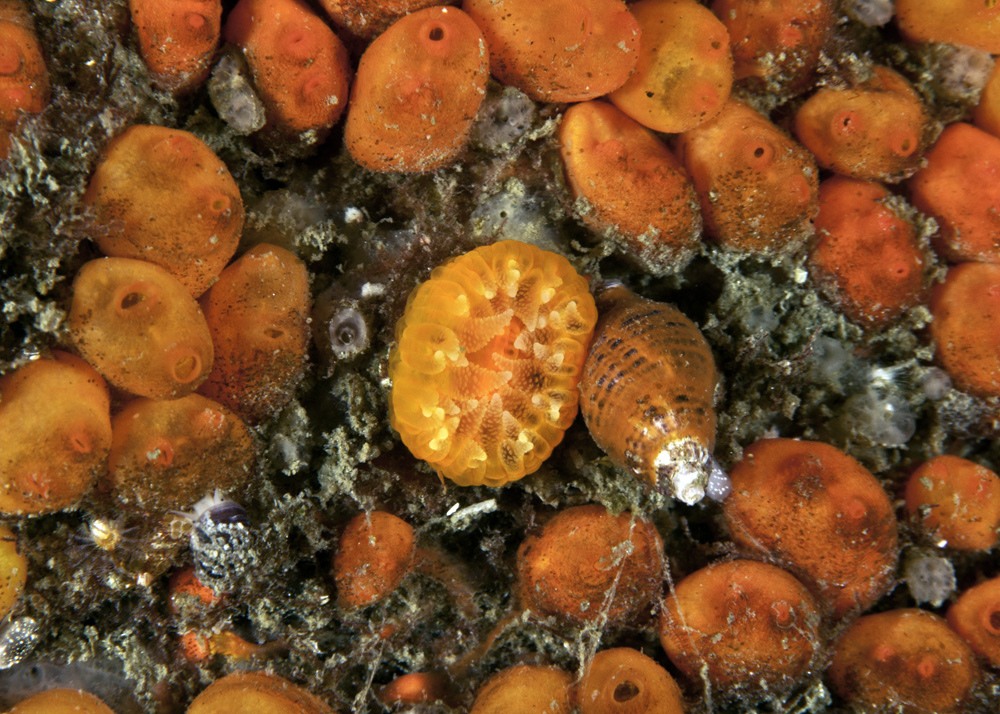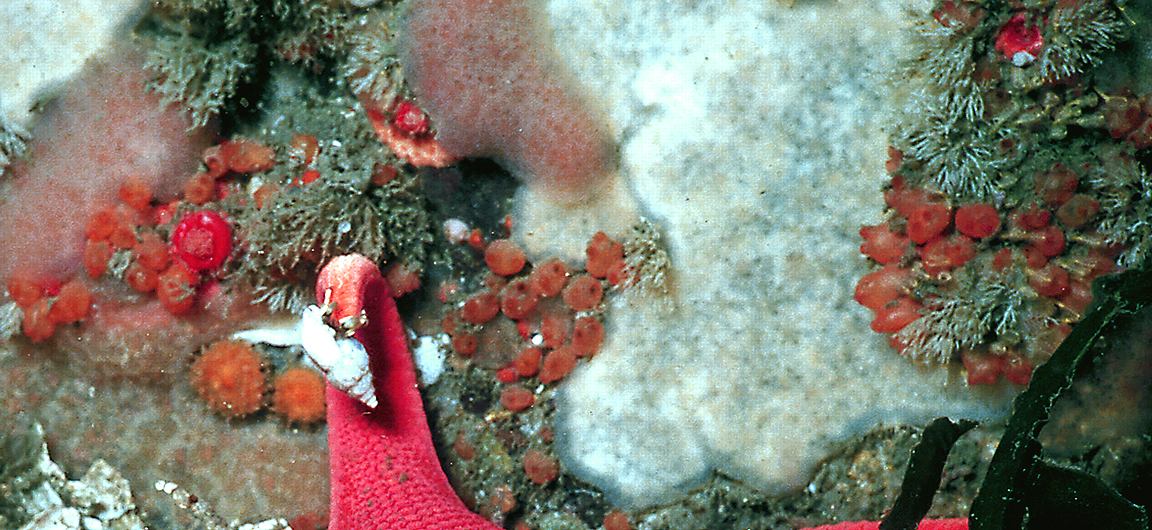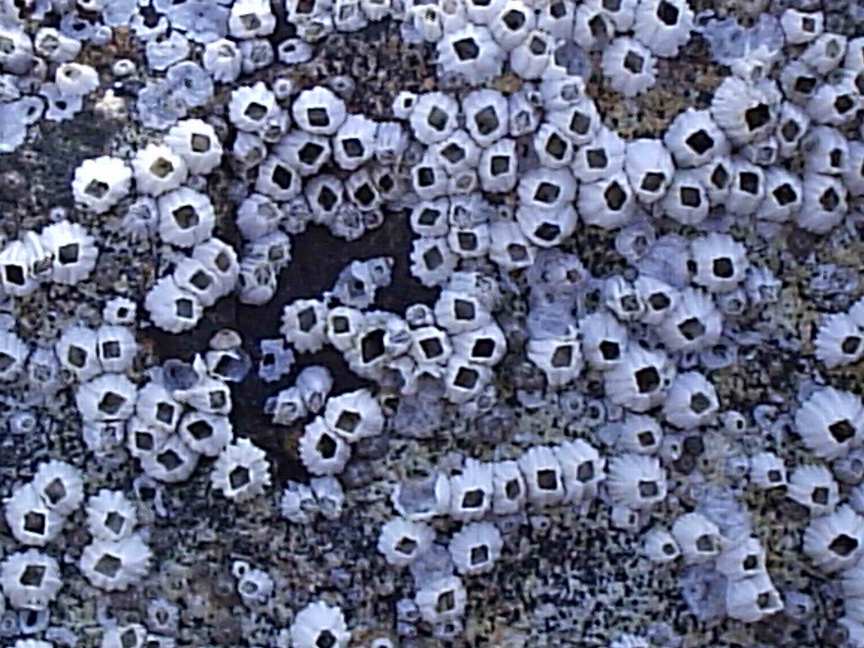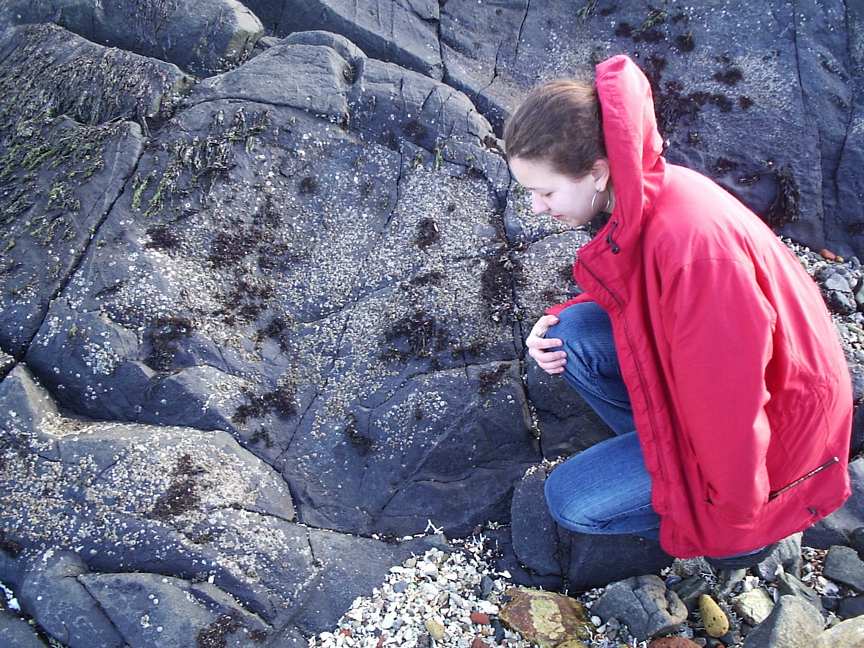Cyanea ferruginea or the sea blubber is a common jelly fish in the Strait of Juan de Fuca. It often comes into calm water or bays when it is nearing the end of it’s lifespan. This one was spotted off the college docks in Pedder Bay. Laura Verhegge manipulates it to enable us to see the internal structure of the animal. We have just changed this name as the result of a correction on iNaturalist. ptreviously we had had the species as C.capillata
Introduction: This marine animal differs from those in other invertebrate phylums due to the existence of a true mouth and digestive cavity. It contains two layers of cells, the outer covering, and the inner covering for the digestive cavity. The Mesogloea (a non-cellular layer) is found between these two cell walls. The Cyanea capillata, like most jellyfish can exist in both a polyp and medusae form.
- Laura Verhegge with Cyanea.
- Underside of Cyanea
- Close-up of structures on ventral side.
- Images and video byGarry Fletcher
Identification: Cyanea can vary greatly in size. The bell ranges from approximatley 2 meters in diameter, to 50 centimeters. The larger the diameter of the bell, the higher latitude it is found at. Also, the larger the Cyanea, the darker the colour. For example, large Cyanea’s are deep red and purple, while the smaller ones are a lighter, yellowish brown colour. There is eight clusters of tentacles that are found in an arrangement of rows. In one cluster, there may be approximately 150 tentacles, some with the ability to project up to 30 meters. Around the opening of the gastric cavity is found a series of short oral arms. The arms are highly folded, and are used in the digestion of prey.
Habitat: This marine animal exists on the west coast of North America, falling between the region of Alaska to Washington. Occasionally it may be found as low as Oregon, but it does not have the capacity to survive in warmer climatic conditions such as those in California. Within its salt water environment, it serves as both prey and predator, continuing the marine life cycle.
Digestion: The Cyanea is equipped with nematocysts on is tentacles to help sting, and immobilize its prey. It is these nematocysts that sting humans when the Cyanea is touched. This sting can last up to four or five hours. Cyanea is one of the most common jelly fishes on the Pacific West Coast known for stinging. The most common prey for theCyanea is zooplankton. Once the prey has been stung by the nematocysts, the oral arms relocate the prey into the gastric cavity for digestion. As this process continues with the use of cilia living, food is transferred through the radial canals. The purpose of these canals is to control the movement of nutrients obtained from the food, and oxygen within the organism. Along with being a predator Cyanea is also found to be prey for such organisms as scyphomedusae, as well as various sea birds, turtles and fishes.
Movement: Cyanea capillata swims throughout its salt water environment by using contractions amongst its circular and radial muscles. These muscles are located in the bell of the jellyfish. A more simplistic way to describe this process is the expulsion of water from the bell, creating a propelling movement forward. This is followed by the relaxation of the muscles, and its return to is resting shape of a bell. At the end of the power stoke in this swimming process, the Cyanea is said to resemble an eight pointed star.
Reproduction: This particular jelly fish uses both asexual and sexual methods of reproduction. They undertake both a polyp and medusae life cycle. The tail of the Cyanea capillata is the production site for the larvae, that later on attach and form into a polyp. These polyp will divide off into medusae. This occurrence of division is asexual.
Natural History: Cyanea capillata has a life expectancy of approximately 1 year. During its life span, it can most commonly be seen during the summer, especially near the fall.
Relation to Race Rocks: The Cyanea is often seen at Race Rocks, in the shallow waters, but not on beaches, although occasionally one gets washed up in the boat launch area. It is frequently in Race Passage and at Race Rocks.
Referennces:
1. Mills, Claudia and Wrobel, David, Pacific Coast Pelagic Invertebrates – A guide to the common gelatinous Animals , Monterrey Bay Aquarium, 1998.
2. Kozloff, Eugene N., Sea Shore life of Puget Sound, the Strait of Georgia, and the San Juan Archipelago, University Washington Press, 1973.
Return to the Race Rocks Taxonomy Index
| This file is provided as part of a collaborative effort by the students,faculty, staff and volunteers of Lester B. Pearson College | December 2002 | Beth SullyPC yr. 29 |


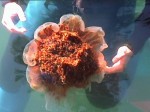
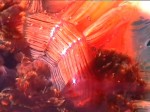
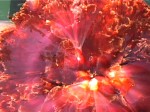
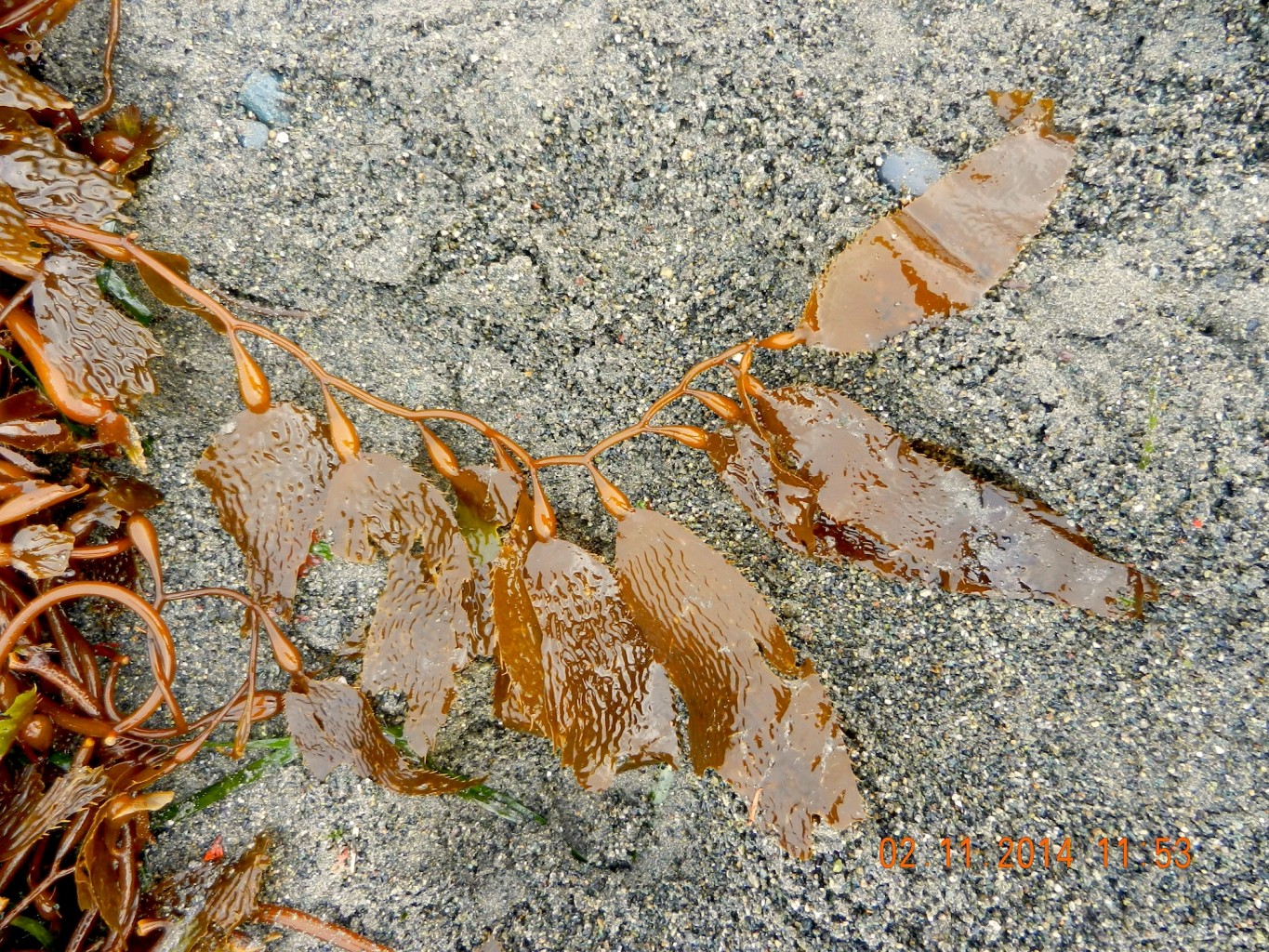
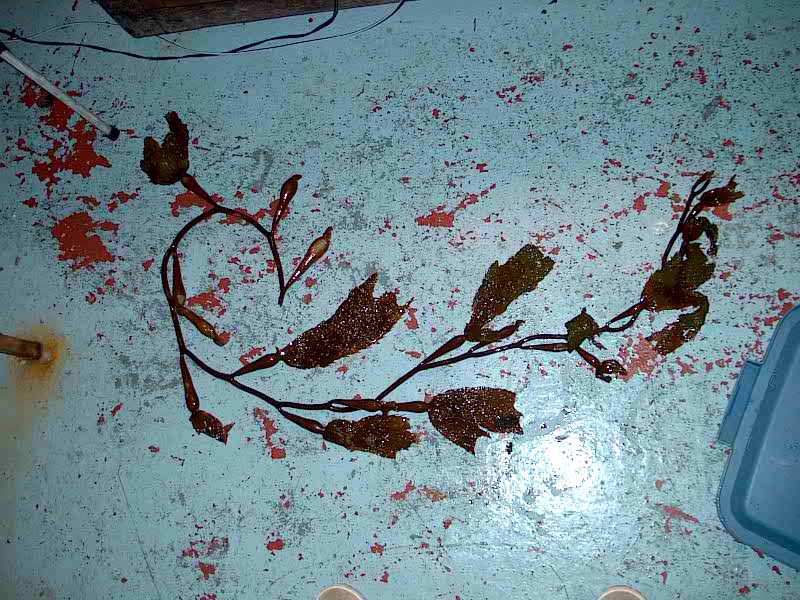
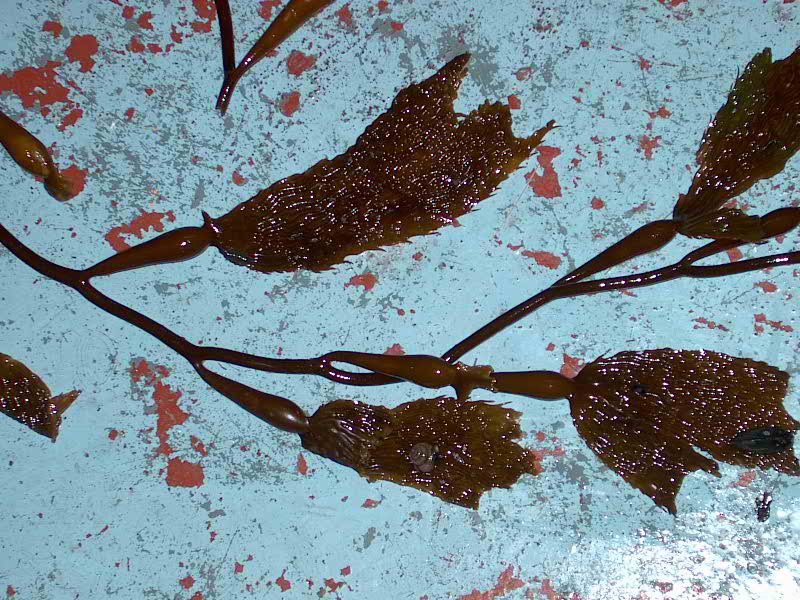
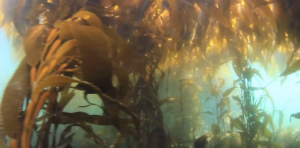 This video provides a good portrait of Macrocystis in a shallow habitat at Sooke BC
This video provides a good portrait of Macrocystis in a shallow habitat at Sooke BC

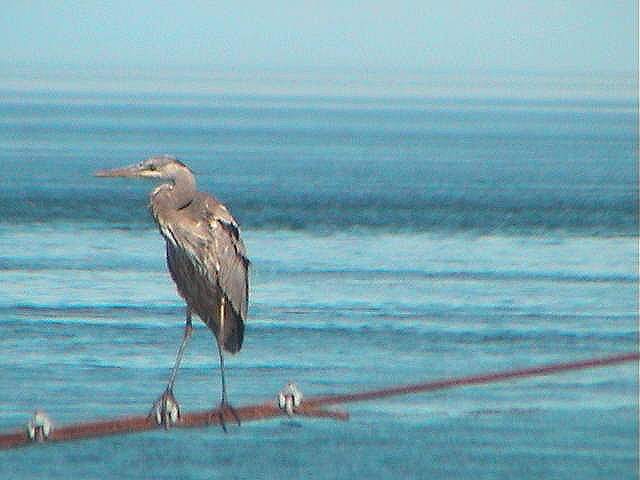
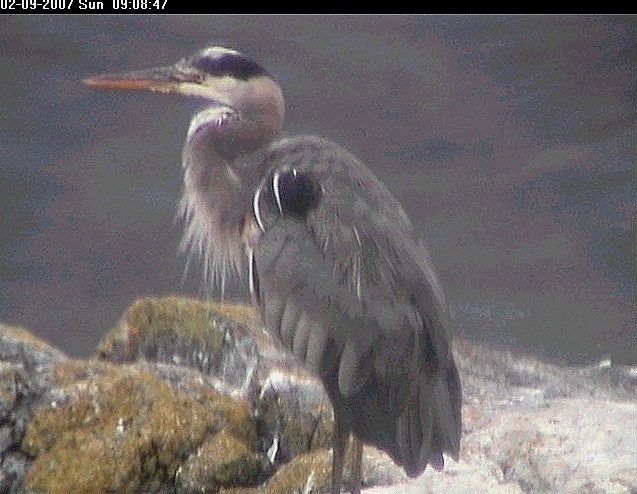
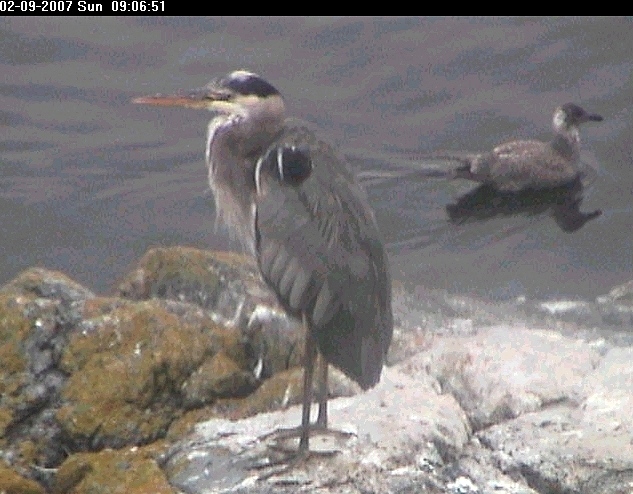
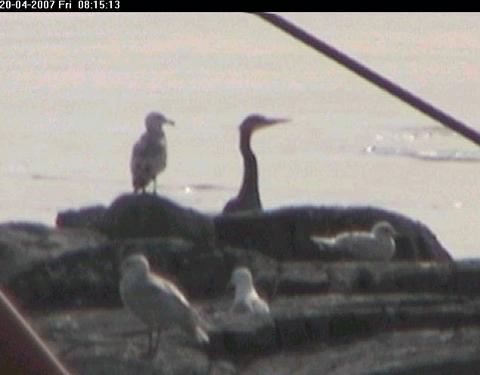
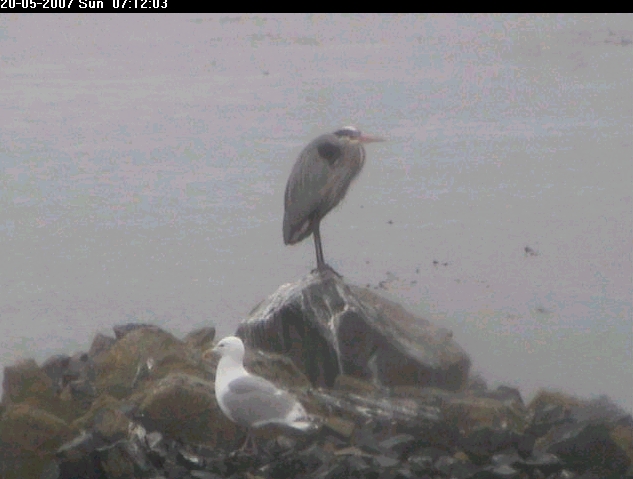
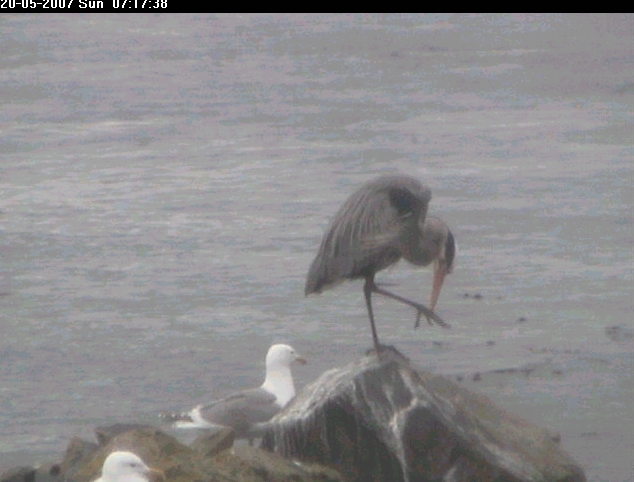
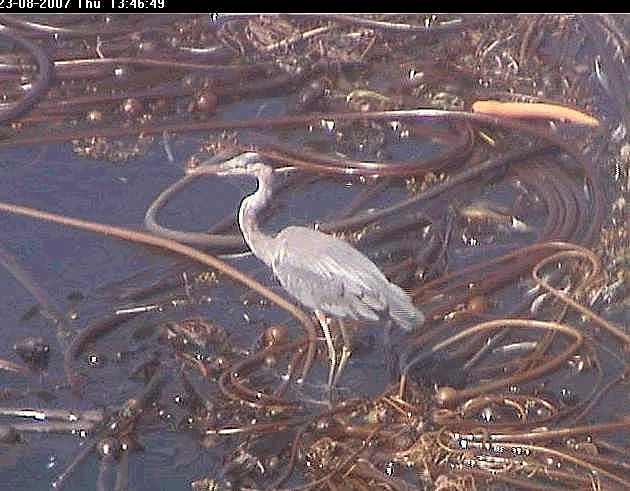
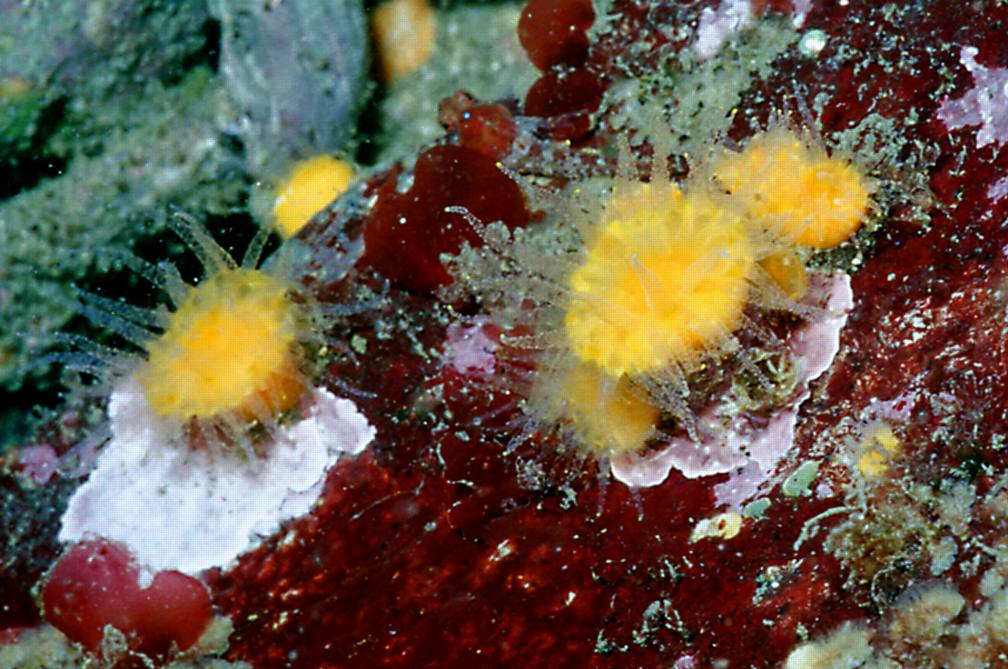
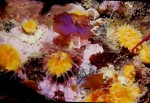
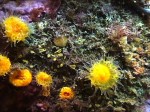
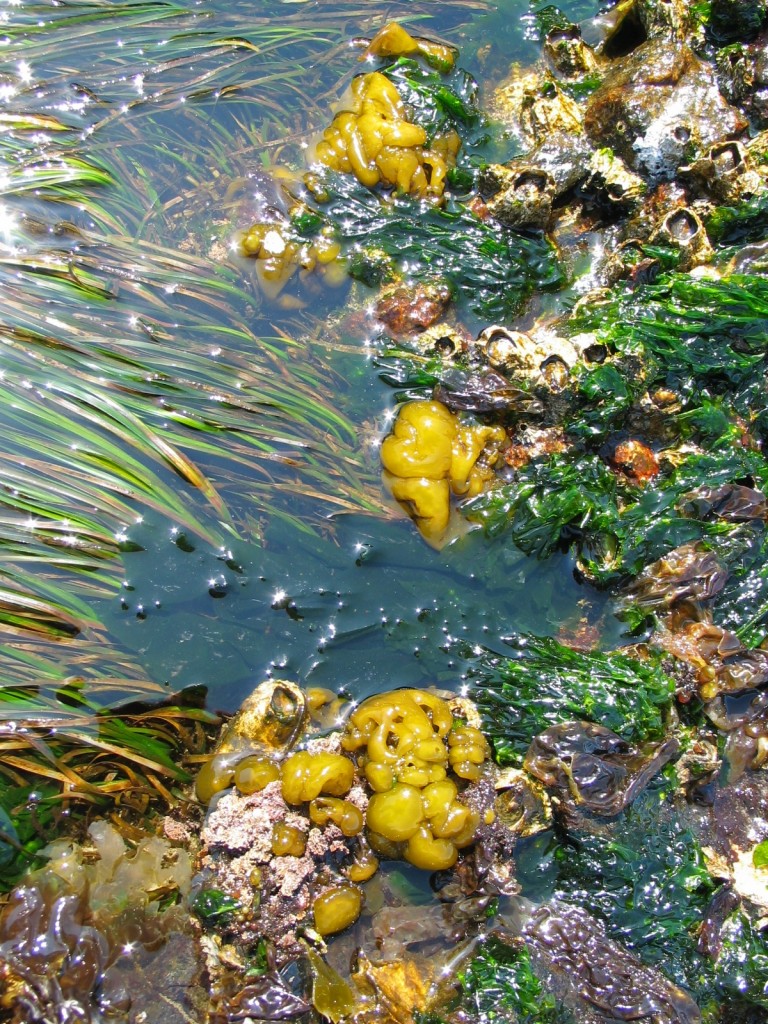
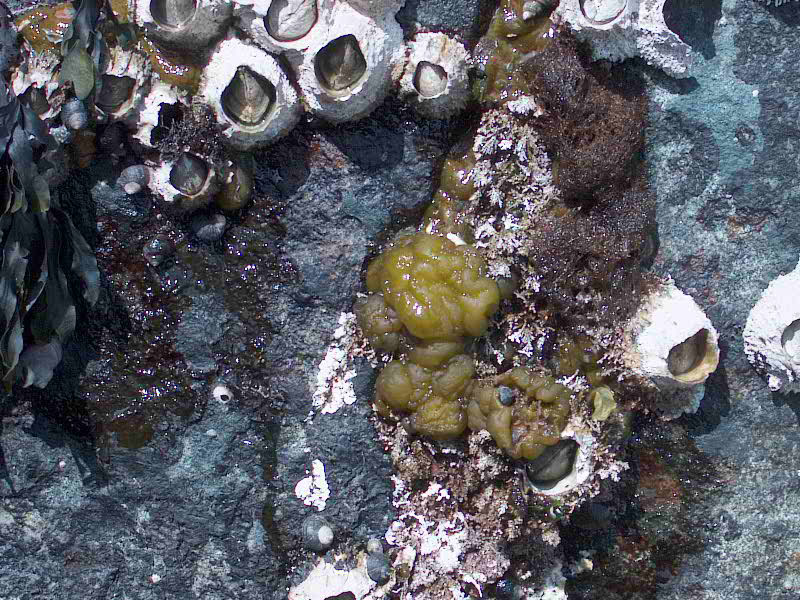
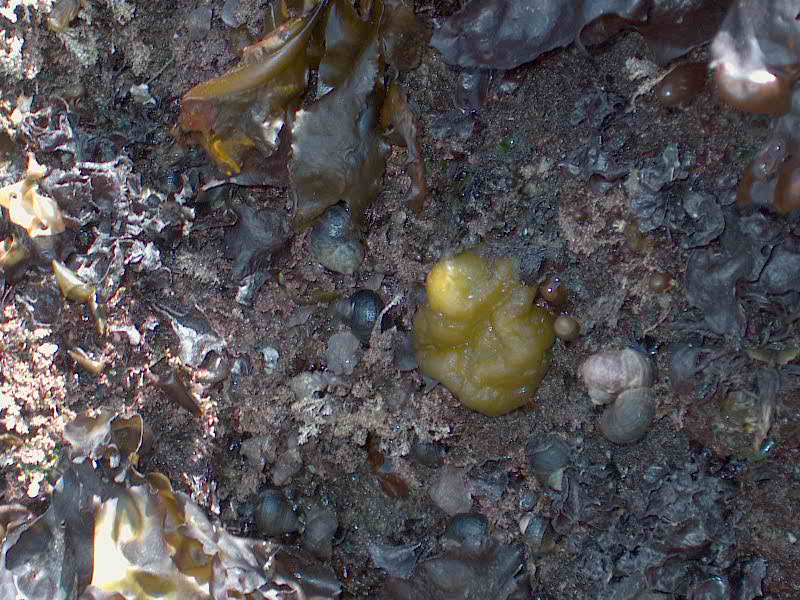
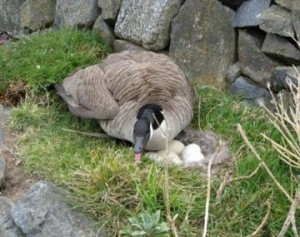
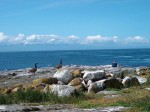
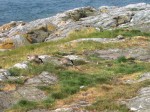
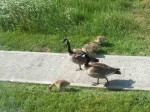
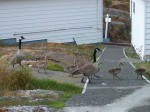
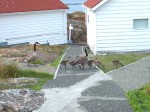
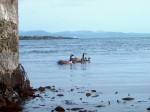
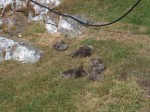
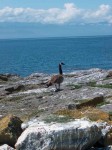
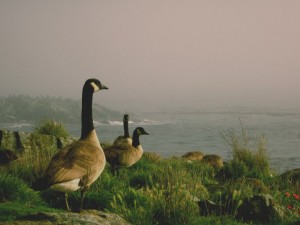
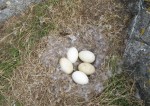
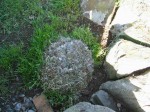
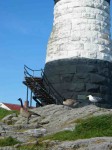
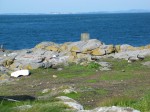
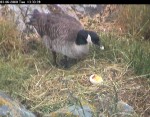
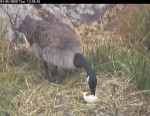
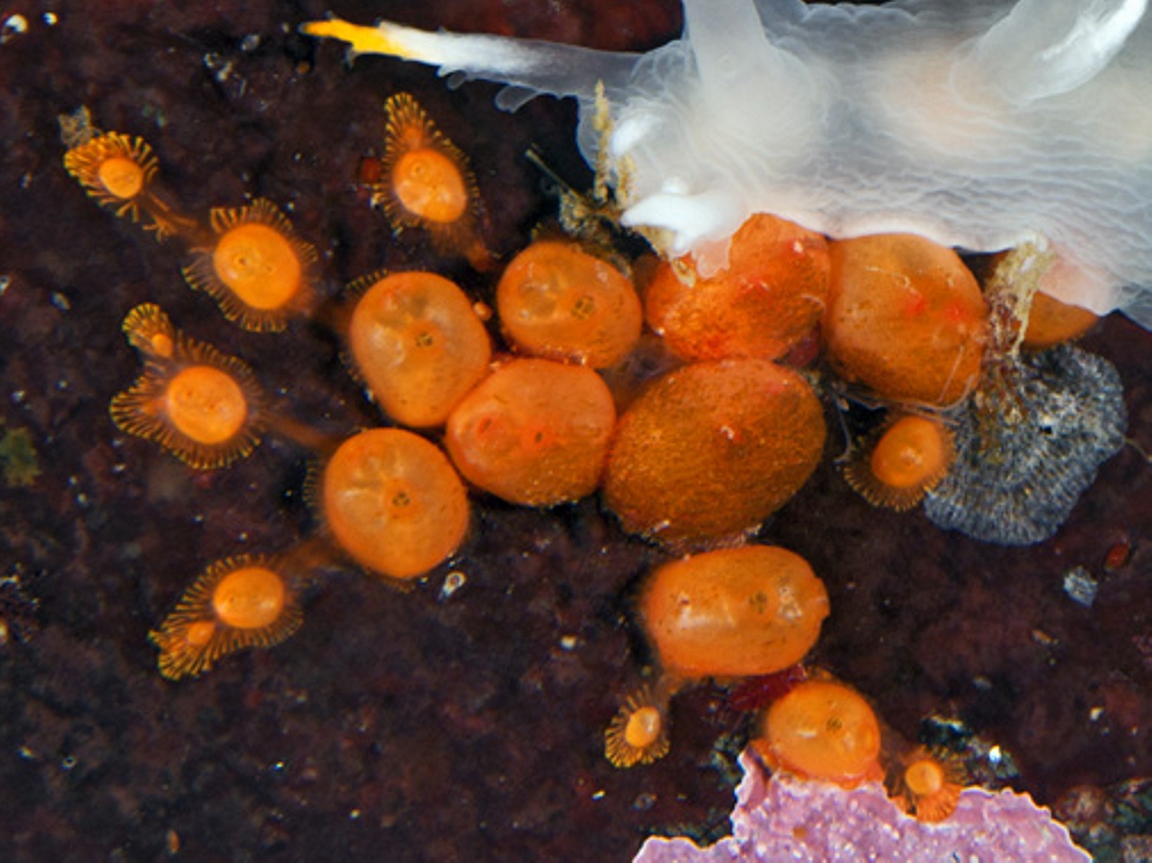
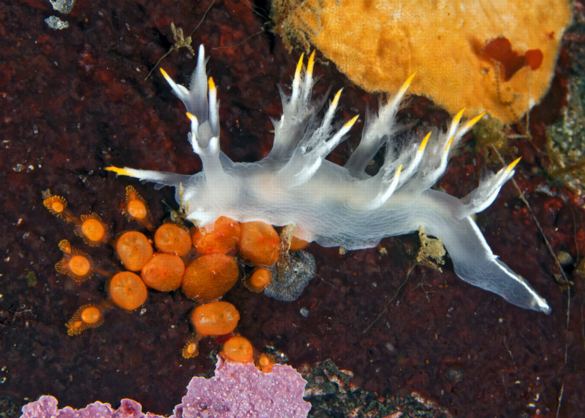 The photo above is derived from the one above. Here the nudibranch Dendronotus albus is feeding on the tuniates.
The photo above is derived from the one above. Here the nudibranch Dendronotus albus is feeding on the tuniates.